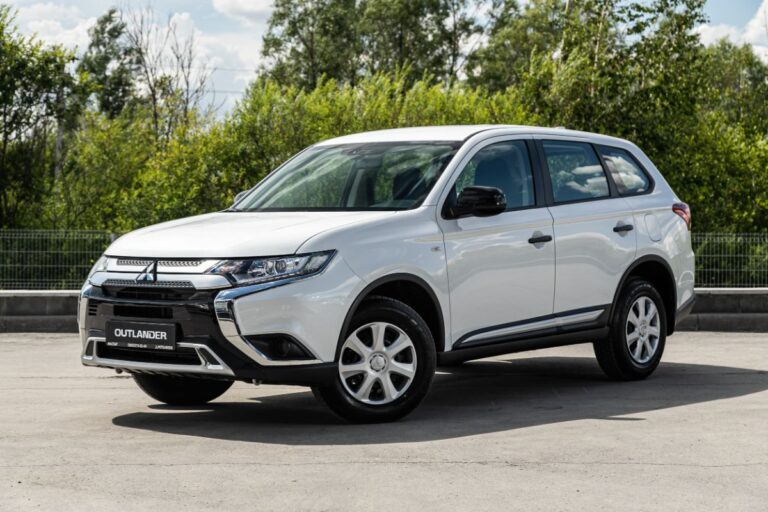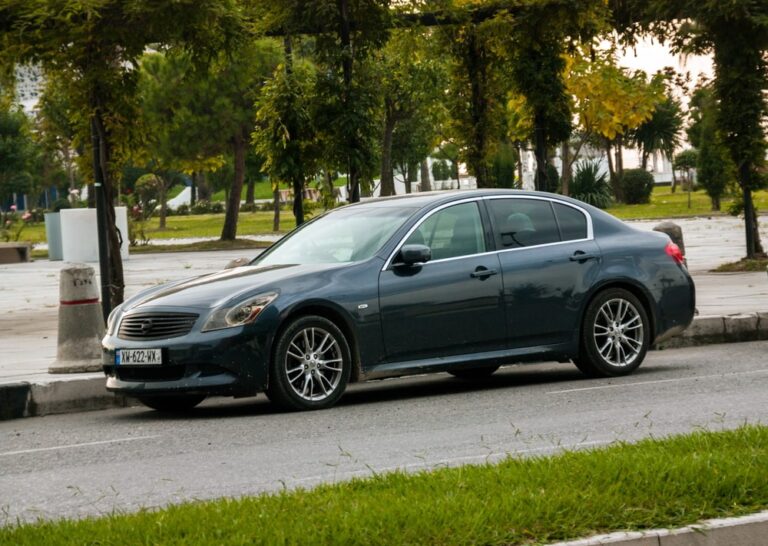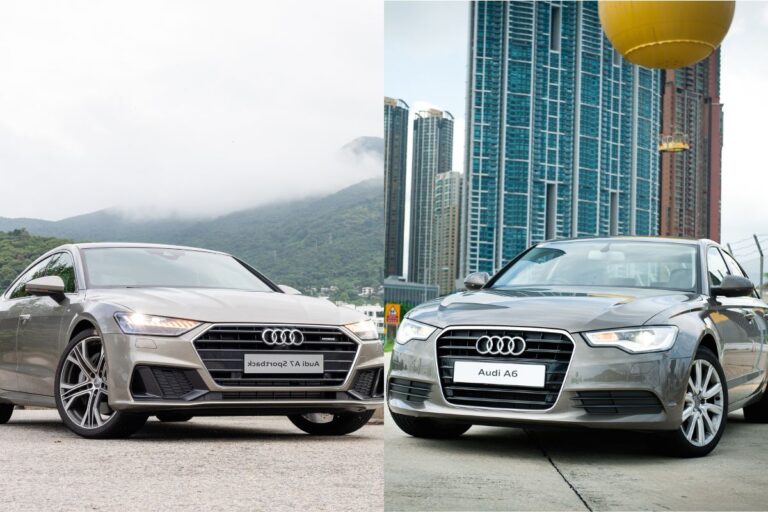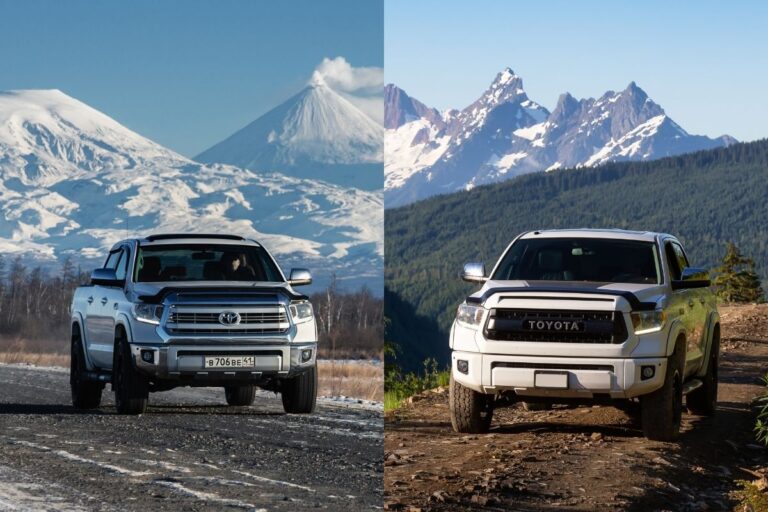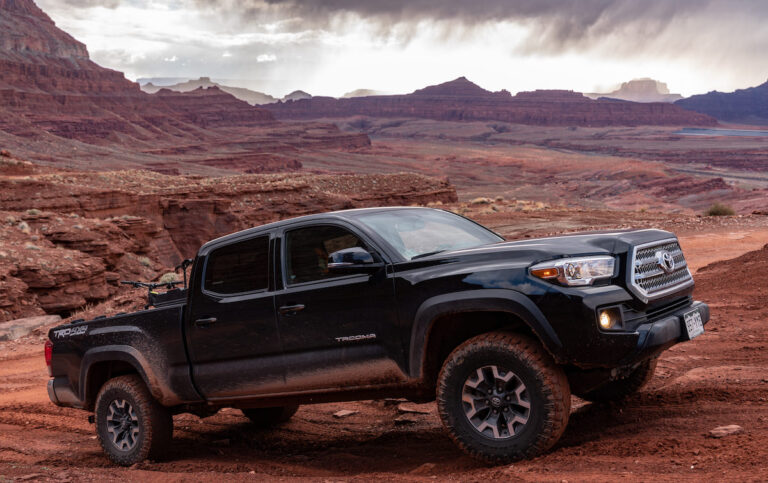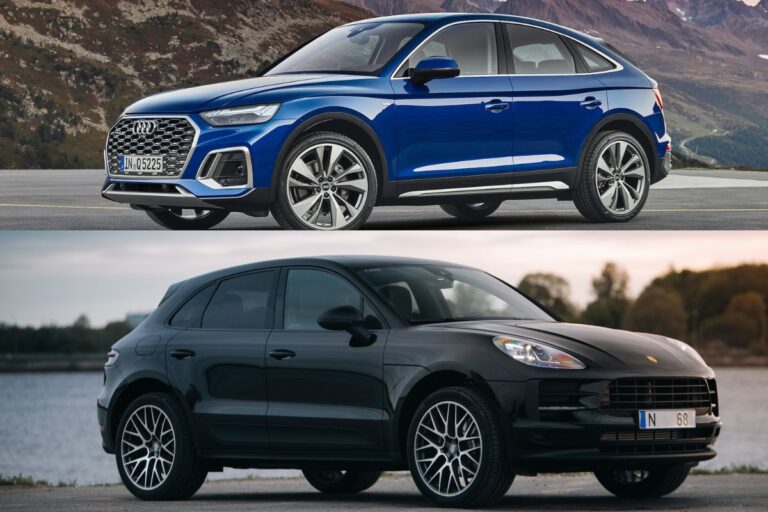
The Porsche 911 has a name synonymous with luxury performance. Its legacy has endured for decades, and the current model still brings class and power to the road.
The Porsche 911
A rear-heavy body style with a roof that gently slopes down after the sharp rise of the front windshield form the iconic shape of the modern 911, though the roof lines have softened a bit over the years. The end result is a vehicle that has a long legacy, a powerful personality, and a modern mien – all rolled into one.
Related: Porsche 911 vs Corvette Stingray
Trims and Pricing
Porsche offers a massive array of different trims for the 911, but they all carry a price tag firmly in the luxury bracket. Models ending with “Cabriolet” are convertibles, and the 911 Targa models have a removable top panel for the top-down feeling of a convertible without the major body modifications usually required.
At the top of the price chart, the 911 Sport Classic sells for a starting manufacturer’s suggested retail price (MSRP) of $272,300. The lowest level trim, the 911 Carrera, has an MSRP of $106,100. The wide range of trims offers price points that are roughly $10,000 to $20,000 apart, until the very top trims. Notably, the performance 911 Turbo S costs at least $207,000.
Performance

The baseline 3.0L twin-turbo engine has 379 hp with 331 lb-ft of torque, powering the starting Carrera trim to 60 mph in around 4 seconds flat and topping out at 182 mph. It’s a speedy pace of acceleration, though there are cheaper cars that can hit that speed. The Carrera Cabriolet, Carrera 4, and Carrera 4 Cabriolet have the same engine, giving them similar acceleration and speed.
Fuel economy on these models is around 18 mpg city and 24 mpg highway, swinging 1 or 2 down in either direction depending on build and transmission. The 911 Sport Classic has a more robust engine with 543 hp, but it has the same acceleration pace as the baseline models. The fuel economy hasn’t been rated, but expect it to be slightly lower.
Up next, the Carrera S swaps the engine for another 3.0L twin turbo with 443 hp and 390 lb-ft of torque. While already in the 4-second club, the power boost brings the Carrera S to 60 mph in 3.5 seconds. The extra power doesn’t hurt the fuel economy. In fact, it’s the most fuel-efficient 911 at 18 mpg city and 25 mpg highway.
For a decent speed upgrade, models with the “GTS” tag have 473 hp engines and 0 to 60 times that range from 3.1 to 3.4 seconds. The more powerful 502 hp engine in the GT3 models doesn’t improve performance, still sitting at 3.2 seconds in 0 to 60 tests.
The “Turbo” moniker is often misapplied, but the 911 Turbo and Turbo S leave no doubt that they deserve it. With the pedal to the floor, the Turbo S reaches 60 mph in 2.6 seconds and has a top track speed of 205 mph thanks to the beastly 3.8-liter V6 with 640 hp. City fuel economy dips to 15 mpg, but the highway economy is a decent 20 mpg.
The basic Turbo is only a breath slower at 2.7 seconds to 60 mph and a 199 mph top speed. Fuel economy matches the Turbo S.
Safety

The National Highway Traffic Safety Administration (NHTSA) and the Insurance Institute for Highway Safety (IIHS) have not rated the Porsche 911. Assistive driving features like lane keeping and parking assistance help with everyday driving safety.
There have been no recalls for the 2022 models of the 911. In 2021, there were issues with the seat belts, seats, suspension, and braking.
Connectivity and Comfort
To start with the bad, trunk space and the comfort level of the rear seats are both low. This problem plagues many other 2-door, 4-passenger sports cars, though.
Otherwise, the Porsche 911 brings a healthy suite of high-tech features. A digital instrument display and touchscreen navigation panel provide customizable real-time information and access to other tech-enabled features like driver assistance. Apple CarPlay and Android Auto are included, as should be expected on modern vehicles.
Top 3 Cars Similar to the Porsche 911
1. Chevrolet Corvette

Chevy isn’t a luxury brand overall, but the quality of their engineering shines in the Corvette. Despite being phenomenally cheaper than the other cars on this list, the performance just barely sits behind the Turbo S by taking 2.9 seconds to reach 60 mph.
The control center for the ferocious sports car has extreme sci-fi vibes thanks to minor touches like the vertically arranged console buttons, a touchscreen angled towards the driver for easier viewing, and a slightly hexagonal steering wheel.
It’s not the fastest or the most luxurious car on the list, but you could buy two of them for less than the cost of a 911 Turbo S. You’ll want to skip the base 1LT trim at $64,200. The minor price jump for the 2LT adds a welcome suite of tech features, and another skip to the 3LT at $76,650 adds more luxury with Napa leather and suede microfiber.
Related: Cars Similar to Corvette
2. Lucid Air Grand Touring

With gas prices not likely to come down any time soon, switching to an electric vehicle now may quickly prove to be a prudent choice. The fully electric Lucid Air exudes power and style. There are only three trims for the Air, and the Grand Touring version holds the top spot.
Surging power from the all-wheel drive takes just 2.6 seconds to hit 60 mph, putting it on par with the 911 Turbo S. For usability, the 512-mile driving range is enough for long commutes without interim charging. Although it’s the top end of the Lucid Air, the Grand Touring’s MSRP of $154,000 is less expensive than the 911 GT3 and Turbo lines.
Futuristic power is blended with an advanced cabin. A giant display panel stretches across the dash, and the view above opens up fully with a glass roof. Comfort and tech features are included in droves, from the driver assistance features to massage chairs.
Lucid doesn’t have the name recognition that Tesla does, but it’s up to you to decide if that works in its favor or against it.
3. BMW M8 Competition Coupe

A monstrous 4.4-liter engine with 8 cylinders shudders with 617 horsepower under the hood of a BMW M8. Taking 3.0 seconds to reach 60 is slower by a significant fraction compared to the many sports cars hitting that mark in 2.6 seconds or less, but it’s still plenty fast. The big engine is slightly less fuel-hungry than the Turbo Line with EPA estimates of 15 mpg city and 21 mpg highway.
Unlike the 911, the available options on the M8 are straightforward. There’s the coupe or the convertible, and both have a starting MSRP below $140,000. It’s not quite the level of bargain that the Corvette reaches, but the powerful performance and a more classic luxury aesthetic are worth a test drive.
Related: Cars Similar to the BMW M8
Other Cars Similar to the Porsche 911
4. Tesla Model S Plaid

The “Plaid” in this version of the Tesla Model S is a reference to Spaceballs, where the highest interstellar speed achievable was dubbed plaid. In only 2 seconds, the electric supercar pushes itself to highway speeds. There are few other cars capable of such a feat, and many of them have seven-figure price tags.
An MSRP of $135,990 is a tiny fraction of that amount, and it’s less than many luxury sports cars – including the bulk of the Porsche 911 line. After your eyes realign from trying to follow the acceleration of the Plaid, some of its problems start to jump out. First, there’s the fact that Tesla always seems to have another safety or business practice issue.
On the inside, the Plaid has decent comfort that doesn’t quite match up with other luxury vehicles. There’s also the steering yoke, a design choice that some may find irritating.
While the speed is unparalleled for a very competitive price in the luxury sports car bracket, the quality doesn’t feel up to par. That plus concerns about company practices warranted a higher spot for the Lucid Air.
5. Porsche Taycan Turbo S

Porsche has its own electric sports car line, and its performance holds up to the conventional powerhouses. The $179,000 Taycan Turbo S keeps pace with the 911 Turbo S without burning any fuel.
As it’s within the same price range and made by the same manufacturer, other amenities and features remain close between the Carrera and the Taycan. Like the Carrera, the Taycan line also has an expansive list of options, but the Taycan Turbo S earned a special mention for being as fast as the 911 Turbo S while costing less.
The EPA rated the Taycan Turbo and Turbo S driving distances at below 200 miles, but independent testing has produced numbers above 250 miles. Even with the higher numbers, that driving range is on the lower end of the spectrum, so it loses out to other sports EVs like the Lucid Air Grand Touring.
Related: Cars Similar to the Porsche Taycan
6. Audi R8

Acceleration performance on the Audi R8 ranges from 3.1 seconds to 3.5 seconds in 0 to 60 mph testing. City driving takes a bigger toll on the gas tank at 14 mpg city, but the highway economy goes up to 23 mpg.
The cabin sits more forward than the 911’s, which gives it a sharper appearance but tragically reduces the cargo space down to a measly 4 cubic feet with the rear sets in place. Otherwise, the R8’s splendid blend of style and performance makes it hard to find a fault.
The 2023 R8 has a five-figure price tag at a starting MSRP of $148,000, but that competes well with the 911 trim levels with prices below the Turbo.
Related: Cars Similar to the Audi R8
7. Acura NSX Type S

The second generation of the NSX was Honda’s attempt at making a statement in the luxury sports car bracket. Despite great metrics and a snazzy look, the $169,500 price tag may have pushed the normal Acura shoppers away from the model and led to the shutdown of this generation of NSX.
On the performance end, it strikes hard with a 0 to 60 time of 3.1 seconds and a top speed of 190 mph. The hybrid engines shore up some of the poor fuel economy seen in high-performance vehicles, getting over 20 mpg for both city and highway driving.
It looks the part of a luxury sports car, too. The body lines are distinctly sporty with a low, swooping roof and aerodynamic accents.
There aren’t many copies of the model available for the final run, and the next generation might follow the trend of moving to fully electric engines in sports cars.
Related: Cars Similar to the Acura NSX Type S
8. Lamborghini Huracan Evo

Gallardo. Murcielago. Diablo. Lamborghini has a long list of phenomenal cars, and the Huracan Evo honors its engineering legacy.
In Lamborghini’s current lineup, the Huracan is the cheaper sports car, surpassed in price and performance by the Aventador. “Cheap” is relative since the Huracan Evo costs slightly more than the 911 Sports Classic with a starting MSRP of $261,274.
Reaching 60 mph in 2.5 seconds will pin you back in your seat even when you want to sit on the edge of it. Try not to look too hard at the gas tank, though, since it burns through premium at 13 mpg in the city and 18 mpg on the highway.
Quality and style abound, so the Huracan serves as a great alternative to anyone already shopping at the high end of the 911’s price range.
9. Alfa Romeo Giulia Quadrifoglio
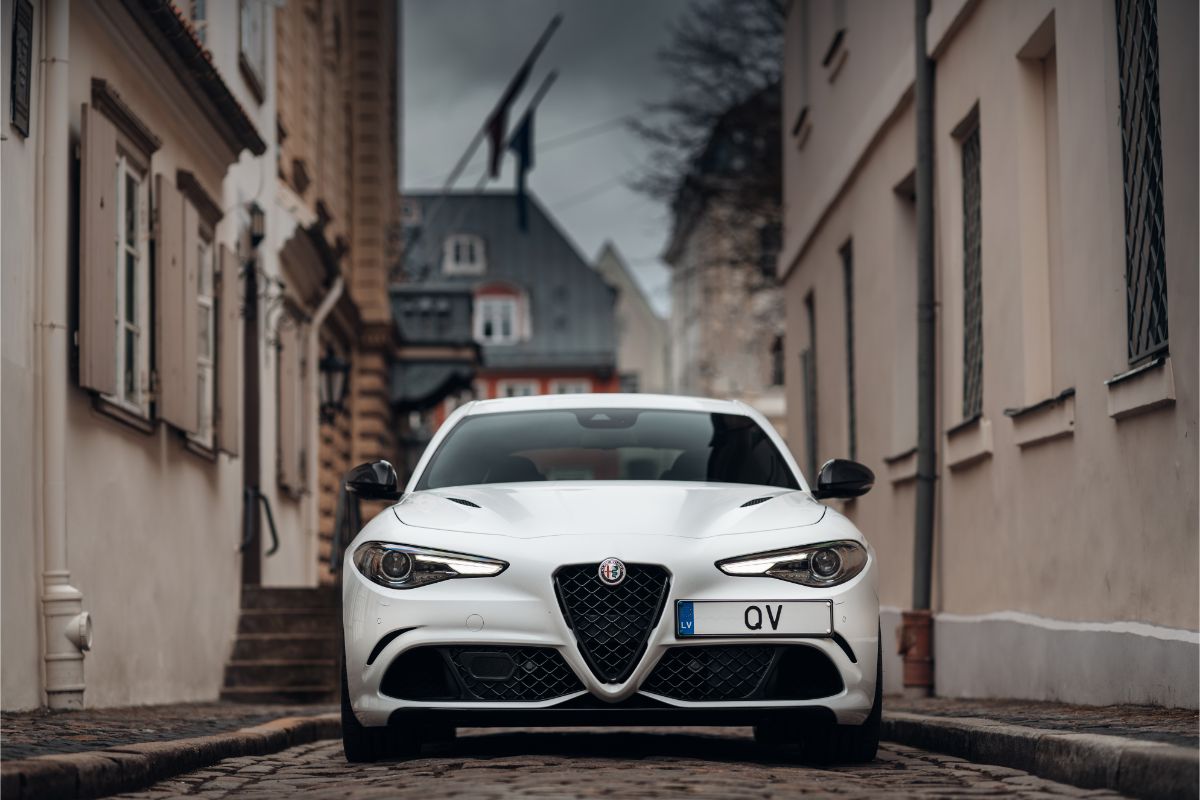
The Alfa Romeo Giulia Quadrifoglio is a “high-performance sedan” instead of a “luxury sports car”, but it has the same European flair as the Porsche at a lower price point.
A 505 horsepower engine brings the Giulia to 60 mph in 3.8 seconds, which is just enough to keep it comparable to the lower end of the 911. The basic Giulia has a fuel economy closer to the typical daily driver sedan, but the upgraded Quadrifoglio version suffers a drop to 17 mpg city and 25 mpg highway.
The Corvette wins out as a budget buy thanks to a higher speed, a more appealing body shape, and a lower MSRP, but the Giulia’s foreign car flair is distinct enough to warrant a spot on the shopping list.
10. Bentley Continental GT

Bentley’s Continental GT is a stately luxury car with the same European sports car style seen on the 911. The Continental isn’t slow in the grand scheme, but achieving 3.1 to 3.5-seconds 0 to 60 times on the high-performance Continental GT Speed trim falls behind many of its top competitors. A 208 mph top speed is impressive, but it’s not a major factor in daily driving.
Staying efficient at 16 mpg city and 26 mpg highway does help cut fuel costs. Being slightly slower could be forgiven, but the starting MSRP for the GT Speed sits at $274,900. Spending that much to fall short on such a key metric feels like a bad deal, but the quality of the model has earned it overall high reviews.
11. Mercedes-Benz AMG GT 43
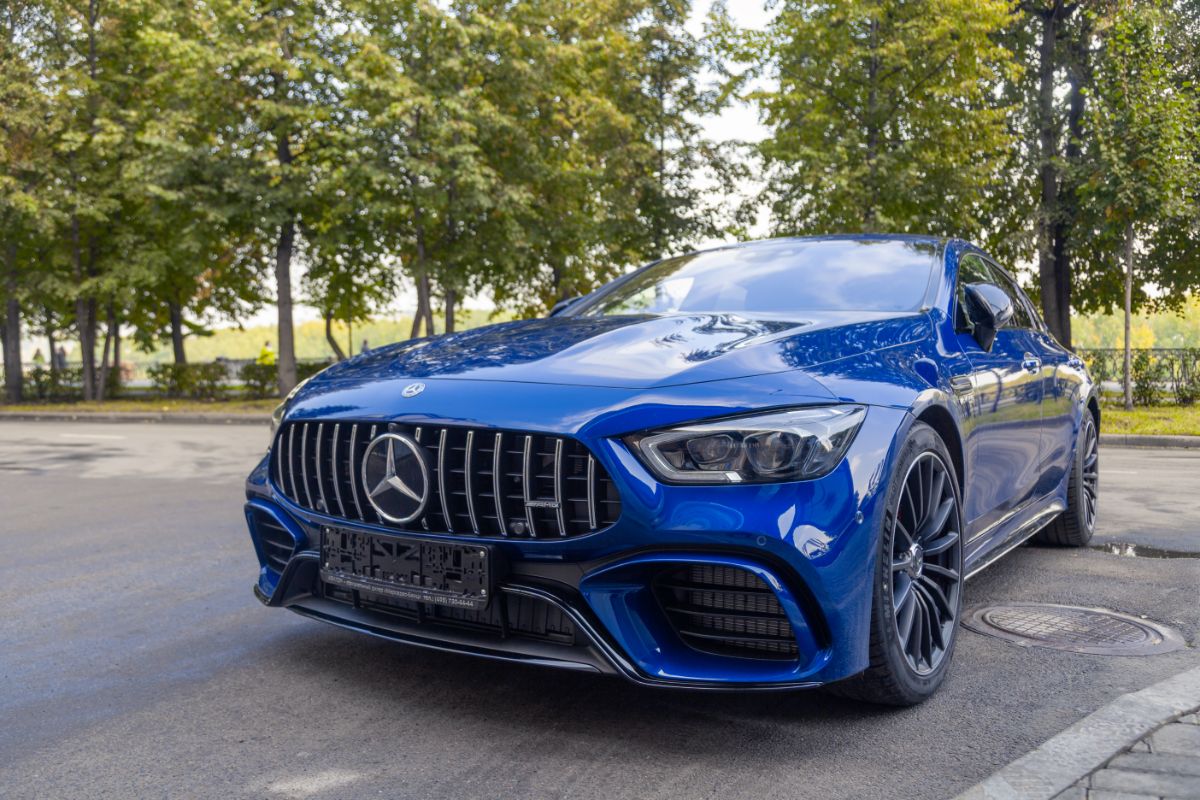
The AMG GT 43 stands out from the other vehicles with two extra doors and a much more comfortable rear seating arrangement. All of the other vehicles have four seats, but any passenger larger than a child will struggle to keep their legs from falling asleep. Cargo space is also more abundant at over 12 cubic feet without giving up passenger space.
While the acceleration suffers in a heads-up comparison to the rest of the vehicles, 4.4 seconds is fast enough to surge past most other cars on the road. A fuel economy of 19 mpg city and 25 mpg highway offers the most efficient conventional engine, and those savings at the fuel pump combined with a starting MSRP of $92,500 bring the cost of ownership much lower than the most basic 911.
12. Aston Martin Vantage
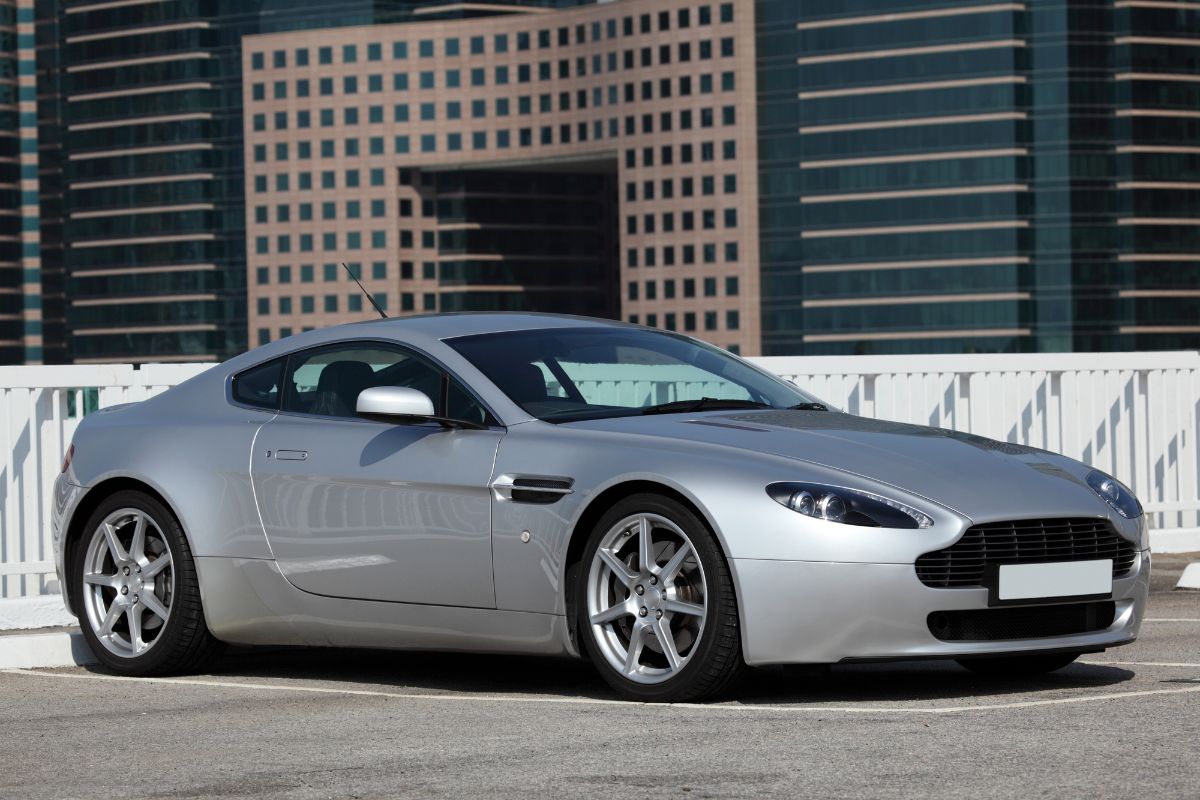
The Vantage is Aston Martin’s entry-level vehicle with a starting MSRP of $143,900, or about the cost of a Carrera GTS. Its performance isn’t as jaw-dropping as the $4.3 million Aston Martin Valkyrie AMR Pro, but 3.6 seconds on 0 to 60 tests is right in line for the performance tier. The mileage holds up to inspection at 18 mpg city and 24 mpg highway.
With the metrics out of the way, it’s time to appreciate the beauty of the Vantage. The “cockpit” interior has the feel of a steampunk control room, and the stitching on the upholstery adds a pop of color. On the outside, the aerodynamic lines are a perfect mixture of smoothness and sharpness.

